ASUS PQ321Q UltraHD Monitor Review: Living with a 31.5-inch 4K Desktop Display
by Chris Heinonen on July 23, 2013 9:01 AM ESTGiven the lofty price tag, there is a good chance the ASUS PQ321Q is targeting graphics and print professionals, so meeting the sRGB standards of 80 cd/m2 and its custom gamma curve will be important.
Looking at the grayscale first, sRGB is just as good as our 200 cd/m2 target is. The gamma is virtually perfect, and there is no color shift at all. The contrast ratio falls to 667:1, which I expected as the lower light output leaves less room for adjustments. Graded just on grayscale and gamma, the PQ321Q would be perfect.
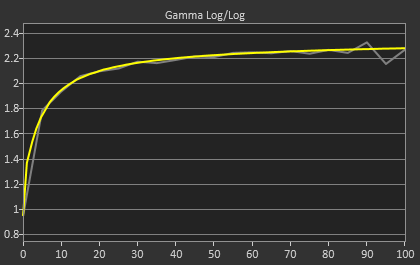
As soon as we get to the gamut, we see the same issues here as I expected to. That gamut is just a little off which gives us some noticeable dE2000 errors at 100% saturations for all colors.
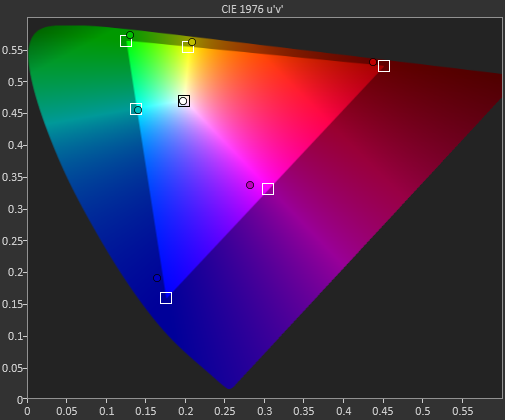
Here with the color checker charts, we see a large difference between the Gretag Macbeth results and the 96-sample results. The error rises from 1.62 to 2.05 as we are sampling more orange/yellow shades that fall outside of the gamut. Nothing really different than the last calibration, so the same issues apply.


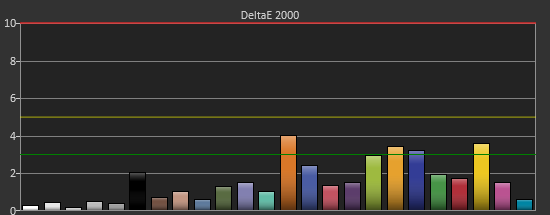
The saturations are also identical to see here. They start out with small errors but by the end, every color except for Cyan is showing a noticeable error at 100%.
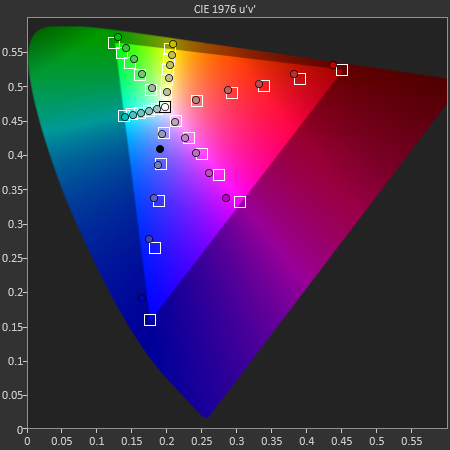
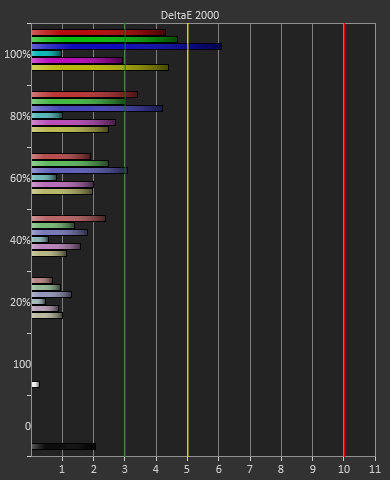
For 200 cd/m2 and a gamma of 2.2 or for 80 cd/m2 and the sRGB gamma, the ASUS PQ321Q performs almost equally. The grayscale and gamma are perfect, but the gamut has some issues. Once we start to see more displays using this same panel, but different electronics and possibly different backlights, then we can determine what is causing this shift in the gamut. With the initial target for the ASUS likely being professional designers, these errors seem a bit out-of-place.


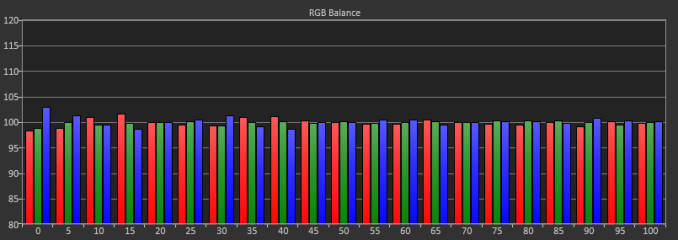
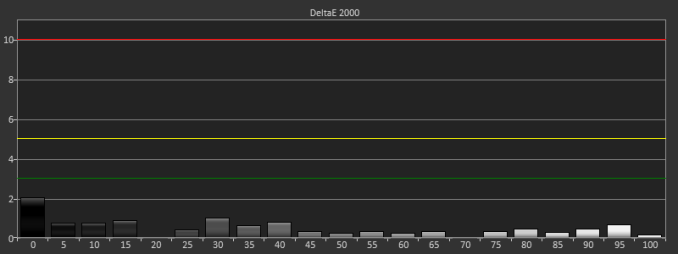











166 Comments
View All Comments
NLPsajeeth - Tuesday, July 23, 2013 - link
Great review.While dual HDMI 4k doesn't work at the moment, NVIDIA are working on hacks to their driver (pcper has a beta copy for testing) so you should see this functionality soon.
If NVIDIA actually supported 2x1 and 2x2 Surround with any monitor, they wouldn't have to resort to such hacks but apparently artificially crippling their Windows driver to preserve Quadro revenue is more important.
Tiled 4K displays are going to be more common with all the delays HDMI 2 is facing. 10-bit color is also going to be standard with all these displays. So I have to wonder how long they can keep crippling their windows driver and how scalable is having EDID whitelist for these types of monitors.
On the plus side, at least the GeForce Linux drivers aren't crippled like this.
Steveymoo - Tuesday, July 23, 2013 - link
Great, finally. I also find it irritating that tech built for disposible, none productive consumers is being given priority for improvements over professional desktop hardware (which would give tangible benefits to people doing actual work.)You mention the new tech uses a more responsive chemical composition, and I can't see a refresh rate in your spec list. Are we likely to ever see these screens run above 60hz? Probably not.
cheinonen - Tuesday, July 23, 2013 - link
Right now I'm not sure that DisplayPort can handle this resolution at refresh rates above 60 Hz. HDMI 2.0 should allow for up to 120 Hz at that resolution, at least if they follow the full Rec. 2020 UHD spec, but that keeps getting delayed.DanNeely - Tuesday, July 23, 2013 - link
Is HDMI2.0 4k@120hz a dual cable solution? I looked at what's written up in Wikipedia and it's listed as maxing out at 4k@60hz; the same limit as DP 1.2.cheinonen - Tuesday, July 23, 2013 - link
HDMI 2.0 isn't final or announced yet. Any specs that are out there for it are rumors right now. The UHD spec, Rec. 2020, calls for up to 120Hz at 8K resolutions. I don't think we'll see that, but I'd think we see 120Hz at 4K because you need at least 96 Hz to support high frame rate 3D, like The Hobbit, if that ever comes to the home.DanNeely - Tuesday, July 23, 2013 - link
4k@120hz would be nice; but even at only 24bit color that's a 24 gigabit datastream. Short of going stealth-dual cable by adding additional data lines I don't think the technology is here to do that at an affordable cost in the near future.madmilk - Tuesday, July 23, 2013 - link
Thunderbolt shows that it is possible to have 40Gbps in a DisplayPort socket. Certainly not cheap though. I don't see the active cables being a necessity though, so long as fiber is not required.sheh - Tuesday, July 23, 2013 - link
Would be nice if it supported 120Hz at least at 1920x1080. It certainly supports the bandwidth already.dishayu - Tuesday, July 23, 2013 - link
I think 31.5 inches is slightly too big and 30Hz WAY too low. Just like Chris says it's hard to go to a lower resolution display. I think, for me it is hard to give up the amazing IPS colors and 120Hz refresh rate. And I don't think there are any 27 inch 4K, 120Hz monitors in the pipeline for the next 5 years. (And we're not even talking affordle yet). Looks like i'm going to be stuck at 27 inch 1440p, 120Hz for some time to come.cheinonen - Tuesday, July 23, 2013 - link
The ASUS runs at 60Hz with either a DisplayPort 1.2 connection using MST (how I tested) or dual HDMI 1.4 outputs, which I don't have on my graphics card and couldn't test.